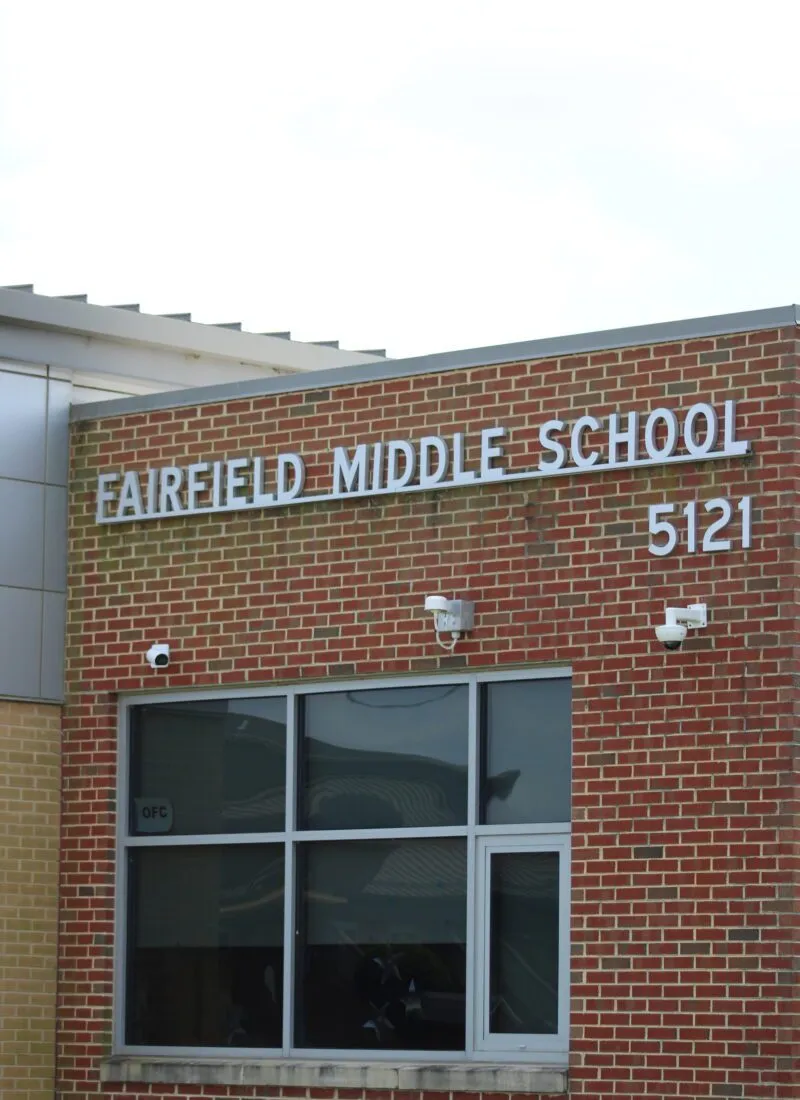Related

Henrico News Minute – April 8, 2025
Why students at one Henrico middle school won't have access to their cell phones for more than a month; Reynolds CC and Lewis Ginter Botanical Garden begin a new partnership; Henrico to host 'Suggestion Sessions' about potential land-use designation changes; REAL ID enforcement begins in less
Click here to read more
Fairfield Middle School implements temporary phone-free rule after rise in phone issues
Students at Fairfield Middle School will have to keep their cell phones off and away for the entire school day starting April 7 until May 16, according to a social media message posted by the school April 4. The new rule only applies to Fairfield Middle students, who returned from
Click here to read more
Reynolds CC, Lewis Ginter partner on horticulture program
In a groundbreaking partnership aimed at shaping the next generation of horticulture professionals, Reynolds Community College and Lewis Ginter Botanical Garden are partnering to move Reynolds’ horticulture program to the Garden's grounds. Beginning this fall, students enrolled in the program will take their classes at Lewis Ginter Botanical
Click here to read more
Henrico to display potential land-use designation changes at 5 'Suggestion Sessions'
The Henrico Planning Department will host five Suggestion Sessions to seek public input about potential land-use designation changes being considered as part of the Henrico NEXT process to update the county's comprehensive plan. One meeting will be held in each of the county's five magisterial districts
Click here to read more